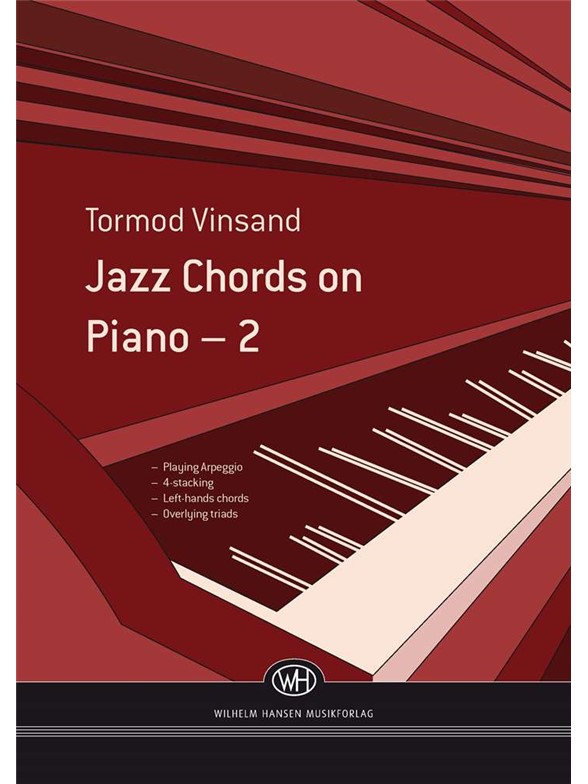Poul Ruders: Final Nightshade - An Adagio Of The Night (Score)
Premiered by The New York Philharmonic, conducted by Lorin Maazel, at Avery Fisher Hall, Lincoln Center, New York City, 10th June 2004.Orchestration3 Flutes, 3rd dbl. Piccolo2 Oboes1 English Horn in F3 Clarinets in Bb, 3rd dbl. Bas Clarinet in Bb2 Bassoons1 Contra Bassoon4 Horns in F3 Trumpets in Bb3 Trombones1 Tuba1 (set of) Timpani2 Percussion (two players)1: Bass Drum (large), Chinese Cymbal, Mark Tree2: TamTam (large), Vibraphone, Antique Cymbal1 Harp1 Piano dbl. CelestaStringsAll non-octave transposing instruments are notated in their relevant transpositions.Horns notated in bass clef sound a fourth above the notated pitch.All accidentals apply to each single note only, except tied notes. Naturals for 'safety'.Programme NoteThis piece marks the conclusion of what could now be called 'The Nightshade Trilogy', three pieces which explore the contrasting worlds of Light and Darkness. As opposed to the earlier chamber work Nightshade, which dealt with extremes of high and low pitches, and the chamber orchestra composition Second Nightshade, a two-fold piece contrasting darkness/anxiety and light/calm, Final Nightshade, for full symphony orchestra, takes us on a journey in which the forces of dark and light struggle - and co-exist - in a predominantly polyphonic web, with brooding undertones. The melodic point-of-departure is not, surprisingly, to be found in either of the two preceding pieces of the Trilogy, but in an older piece, Corpus Cum Figuris from 1985. Over the ensuing years I've dreamt, on and off, of 'doing something' with the opening measures of this older work, perhaps even building a new composition on that very simple, inward-looking time was ripe, and there's a nice nostalgia angle to the idea: Corpus Cum Figuris was the first piece of mine to be performed by the New YOrk Philharmonic, at the Horizons Festival, conducted by Oliver Knussen, in 1986. Final Nightshade based on the few opening bars of Corpus Cum Figuris offers a new world of intertwining melodies played mostly in Violins and Flutes - along with the darker, at times even menacing forces of the rest of the Orchestra. The world itself, nightshade, is wonderfully evocative: pale moonlight, elusive shadows, dark, silent forests in the dead of night. Which is why I've given the new work of sub-title, 'An Adagio of the Night' - it's a slow-paced Nocturne, with 'Lightness and Hope' prevailing towards the end. Or do they? Poul Ruders, September 2003

















































